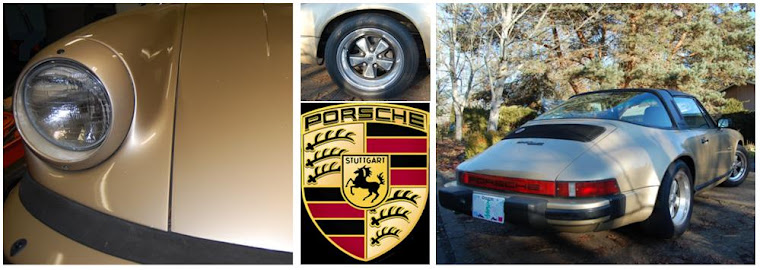Friday, May 9, 2014
Battery Management System - BMS
A battery management system is supposed to help manage the overall health of the battery pack. I have a Lithiumate Lite system by Elithion. Each cell in my pack gets a small circuit board that monitors voltage and temperature. Each board is connected to a master controller that is supposed to take action if any the cells are ever outside the safe voltage range of 2.5 to 3.38 volts.
The BMS is also designed to maintain all of the cells at the same voltage, when the cells are fully charged, by bleeding off a little bit of charge from the cells with the highest voltage with a shunt resistor. The cells all have slightly different capacity, so they cannot all be at the same voltage all of the time. During discharge, the cells with smaller capacity will reach low voltage before cells with larger capacity. A pack that is at the same voltage when fully charged is top balanced.
Another common strategy is to make all of the cells have the same voltage when the cells are near empty. This is bottom balancing. Both options have advantages and drawbacks, and unless all of the cells have the exact same capacity and internal electrical properties, you can’t have a battery that is balanced when both full and empty. With a bottom balanced pack, cells survive better if you accidentally over-discharge your pack. However, during charging you have to be extra careful to avoid overcharging your cells. With a top balanced pack, the risks are switched – less problems charging the pack, but if you over-discharge, the first cells to reach the bottom can be damaged by cells that still have significant energy left.
I decided to disable the active balancing function of my BMS because the active balancing is performed during the charge cycle. The voltage of the cell during charging and discharging will vary quite a bit. You cannot tell how full a cell is by measuring the cell voltage, until the cell has settled for about 24 hours. The good news is that if you manually balance your cells slowly, they tend to stay balanced. I will keep an eye on my cells and see if this holds. So far after nine months, I have not seen any cell drift.
I lined the inside of my battery boxes with a 1/8" (3 mm) thick rubber exercise mat.
Each cell gets a small monitoring board that measures voltage and temperature for each cell.
The pack in the front is wired up. It took about 7 hours to install the cells and BMS. Working with 200 volts slows things down a bit.
I read a post about someone having communication problems with their BMS. After trying everything they could think of to fix the problem, they finally decided to remove the press-on Molex (bottom row) connectors that came with the BMS, and try the Wago 222 (top row) wire connectors to connect each of the cell boards, and that solved the problem. I really like the Wago connector. The wires are securely locked into place with a lever. About 1 in every 6 Molex connectors I pulled off my system released from the wire with very little effort.
Subscribe to:
Post Comments (Atom)





Joey,
ReplyDeleteSo you bottom balanced your pack and the BMS is just monitoring the pack?
Rnady
I top balanced and use the BMS just for monitoring. The BMS can disable the charger, but only if things go wrong. The charger should terminate the charge under normal conditions. I don't like the idea of the BMS reducing power to my motor. I might set up a buzzer or warning light for low voltage warning.
Delete